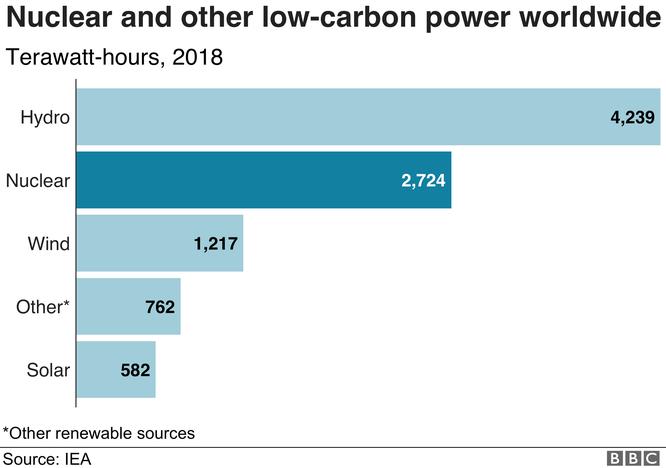Two months after the shutdown of coal-fired power generation in the United Kingdom, pushed by renewable energy
Justin Lowrat , Chief Editor for Environment
The United Kingdom, which aims to completely abolish coal-fired power generation by 2025, has been shutting down coal-fired power generation at midnight on the 10th for a full two months.
Ten years ago, about 40% of Britain's electricity came from coal-fired power. The suspension of coal-fired power is related to the spread of the new coronavirus, but it is not the only one.
Electricity demand plummeted when Britain began lockdown in March this year. British transmission company National Grid has removed coal-fired power plants from its network.
The remaining four coal-fired power plants were first closed and the last one system shut down at midnight on April 9. Since then, coal has not been burned to supply electricity.
Since the National Grid does not supply electricity to Northern Ireland, the suspension of coal-fired power generation is limited to Britain.
But we can see how dramatically the UK energy supply system has changed over the last decade.
Coal-fired power, which once underpinned Britain's electricity network, is no longer needed in the country thanks to large investments in renewable energy over the last decade.
Offshore wind power
The following two examples show how much the UK energy network has changed.
Ten years ago, only 3% of Britain's electricity came from wind and solar. At that time, the general view was that it was an expensive power generation method.
Today, the UK's offshore wind industry is the largest in the world, and last year the world's largest single offshore wind farm was completed off Yorkshire.
Wood pellets
Meanwhile, Britain's largest utility, Drax, has taken another path towards the use of renewable energy.

Drax also has a power plant in Yorkshire. It supplies 5% of Britain's electricity.
Drax was the largest consumer of coal in Britain 10 years ago. Recently, however, they have switched to power generation using compressed wood pellets.
"We at Drax have determined that coal has no future," explains Will Gardiner, CEO of the company.
"This was a large-scale project. As a result, we were able to reduce carbon dioxide (CO2) emissions, which were more than 20 million tons per year, to almost zero."
According to Gardiner, the power plant currently procures 7 million tonnes of pellets annually from commercial forests in the United States, and the company will completely eliminate coal by March 2021.
Decrease other than coal
Coal isn't the only one lurking in the shadows of renewable energy.
So far this year, renewable energy generation has exceeded all fossil fuels combined.
The breakdown is that 37% of the UK's electricity supply was renewable energy and 35% was fossil fuel.
According to data from the British climate science information site "Carbon Briefs", nuclear power accounted for about 18% and imported electricity accounted for the remaining 10%.
"This year, renewable energy generation has exceeded fossil fuels so far. This has never happened before," said Dr. Simon Evans of Carbon Briefs.
"Gas generation is also declining. There is great potential for renewables to overtake fossil fuels as a whole by the end of 2020."
Looking at the data showing the background of this year, we can see how quickly the situation reversed.
It was in December 2016 that renewable energy generated more electricity than fossil fuels for the first time.
Prior to this year, combined cycle power generation using renewable resources exceeded fossil fuel power generation for a total of 154 days.
Carbon Brief says 91 of these were in 2019.
The decline in the role of fossil fuels in general, especially coal, is likely to continue.
The three remaining coal-fired power plants in the UK will be closed within five years. If realized, the fuel that ignited the Industrial Revolution here in Britain nearly two centuries ago will be a thing of the past.
